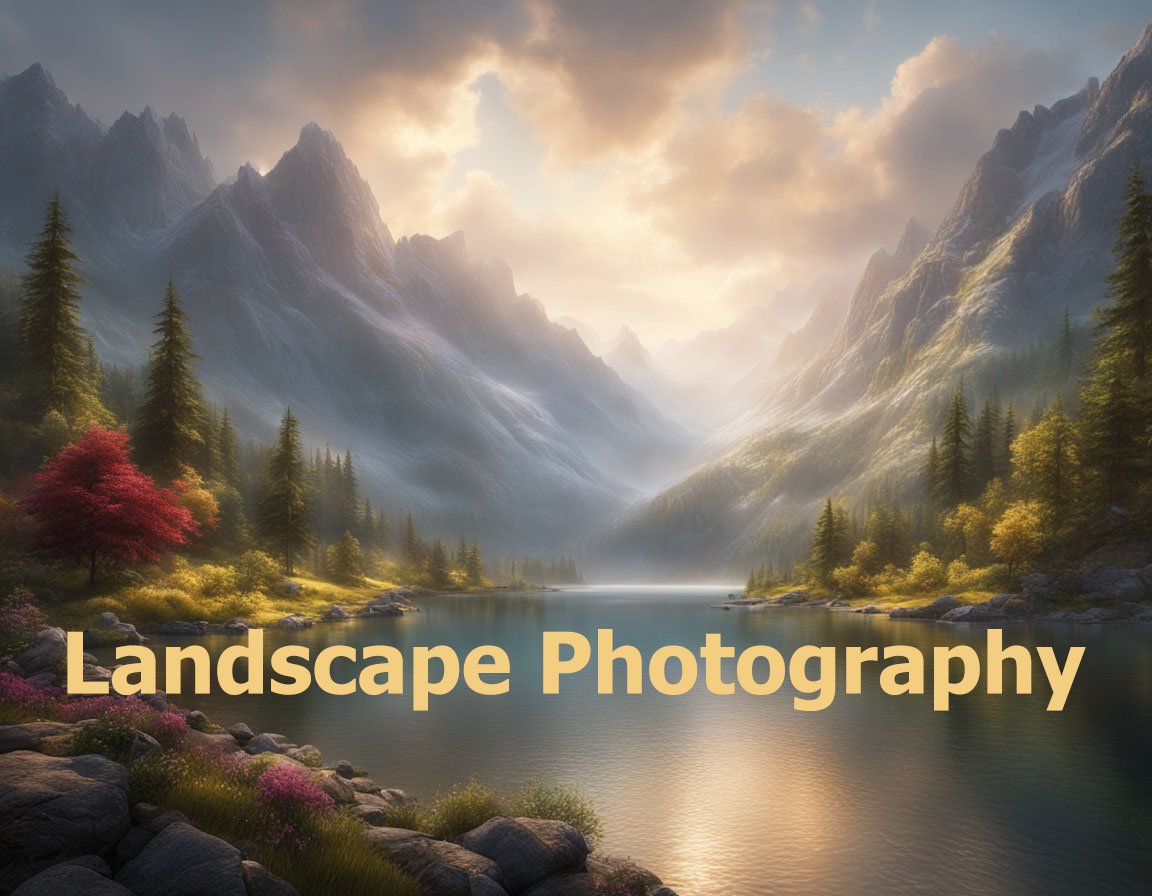The Beauty of Natural Light in Forest Photography
Natural light is a crucial element in photography, particularly when it comes to capturing the ethereal beauty of forests. Unlike artificial lighting, natural light can reveal textures, colors, and depths, bringing life and mood into your images. Let’s explore how to harness natural light effectively in forest photography, ensuring your shots have an enchanting quality.
Understanding the Direction of Light
Light direction plays a pivotal role in determining the outcome of your photographs. The way light falls on your subject can significantly enhance or detract from your image, influencing mood and focus.
Front Lighting
Front lighting occurs when the sun is behind you, casting even light on the scene ahead. In forest photography, front lighting can illuminate the vibrant greens of the foliage and the browns of the tree trunks. However, be cautious, as this lighting can lead to flat images without depth. Shooting during the golden hours, which is shortly after sunrise or before sunset, can mitigate this by adding warmth and softness.
Side Lighting
Side lighting brings out textures and creates shadows that add depth and dimension. In forests, side lighting is ideal for highlighting the details in leaves and bark. It turns ordinary scenes into dynamic compositions. Position yourself so the light is hitting your subject from the side to achieve this effect.
Back Lighting
Back lighting is when the light source is in front of you, creating a stunning halo effect, especially through translucent leaves. It’s perfect for capturing the morning mist or fog in the forest, adding a magical glow. This technique often requires careful exposure to prevent your subjects from becoming silhouettes unless that is the desired effect.
Utilizing the Golden Hour
Photographers often speak of the golden hour, a period shortly after sunrise or before sunset when the light has a softer, more diffused quality. This time of day is ideal for forest photography as it casts a warm, directional light, enhancing the earthy hues of the scene.
Morning Golden Hour
Mornings in a forest can be surreal, with dew glistening on leaves and a veil of mist lingering among the trees. Natural light is gentler and cooler in the morning, perfect for scenes where you want to emphasize serenity and freshness. Experiment with fog and mist, as they can add a dreamlike quality to your photos when backlit.
Evening Golden Hour
The evening golden hour can imbue your photos with warm tones and long shadows, creating a dramatic effect. This is an excellent time for capturing silhouettes against a setting sun or the fiery hues of autumn leaves. To make the most out of this lighting, position your subject so that the sun is either directly in front of or to the side of it, creating striking contrasts and depths.
Maximizing the Use of Ambient Light
Ambient light refers to the natural light within a scene that hasn’t been added artificially. In a forest, ambient light can have varying qualities, depending on weather, canopy coverage, and time of day.
Cloudy and Overcast Days
While sunny days might be considered ideal, overcast skies can also be perfect for forest photography. Clouds act like a giant softbox, diffusing light and eliminating harsh shadows. This soft light is excellent for capturing the forest in all its splendor without the complications of extreme contrasts.
Dappled Light
As sunlight filters through the trees, it creates patterns of light and shadow known as dappled light. This can add a whimsical and enchanting element to your photos. To make the most of dappled light, focus on ensuring that this interplay of light and shadow enhances rather than distracts from your main subject.
Adjusting Camera Settings for Natural Light
Correctly setting your camera is vital to making the best use of available natural light. Understanding how your camera interacts with natural light will help you capture the forest’s essence more effectively.
ISO Settings
In natural light photography, it’s crucial to adjust the ISO settings based on available light. On bright days, a lower ISO (around 100-200) will minimize noise and grain in your images. On cloudy days or in dense forests where light is limited, you can increase the ISO to maintain clarity and sharpness without sacrificing shutter speed or aperture.
Aperture and Shutter Speed
Adjust the aperture to control the depth of field and how much light enters the camera. A wider aperture (lower f-number) allows more light and can help you achieve a beautiful bokeh effect, emphasizing the subject against a softly blurred background. Shutter speed, on the other hand, should be adjusted to prevent motion blur while maintaining exposure balance.
Post-Processing Tips for Enhancing Natural Light
Post-processing should not alter the reality of your shot but rather enhance what you’ve naturally captured. After your session, some subtle enhancements can bring out the best in your forest photography.
Adjusting Exposure
Carefully adjust the exposure levels to avoid washing out the natural colors. Increase or decrease exposure to bring out hidden details in the shadows or tone down any areas where the light was too intense.
Enhancing Colors
The greens and browns of a forest can sometimes be muted in photographs. Using post-processing software, you can enhance these colors to make them more vivid while still appearing natural. Adjust the saturation and vibrance to emphasize colors subtly without overdoing it.
Playing with Contrast
Adjust contrast levels to add depth to your images, emphasizing light and shadow play. Increased contrast can help highlight textures while decreased contrast can soften the overall image, creating a dreamy, more evocative scene.
Capturing the Forest’s Emotions Through Light
Light in forest photography is about more than just illumination—it’s a tool for storytelling. Each forest has its unique character, influenced by light in myriad ways. Experiment with different types of natural light and observe how they transform the forest’s emotive qualities. With patience and practice, you’ll find that natural light can become an invaluable ally in capturing the enchanting beauty of the woods.


